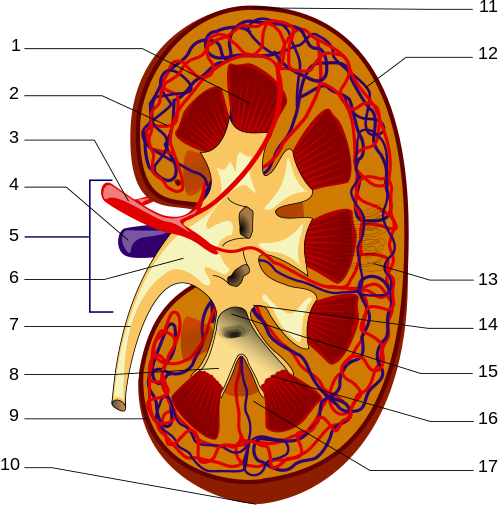
Photo from academic.microsoft.com
Abstract Background In post-dilution haemodiafiltration only synthetic membranes have been used to date. Asymmetric cellulose triacetate (ATA™) is now available, whose characteristics are suitable for this technique. Objectives To describe… Click to show full abstract
Abstract Background In post-dilution haemodiafiltration only synthetic membranes have been used to date. Asymmetric cellulose triacetate (ATA™) is now available, whose characteristics are suitable for this technique. Objectives To describe the in vivo performance and behaviour of this membrane, to identify its depurative effectiveness, use in clinical practice and its biocompatibility, both acute and after one month of treatment. Methods Observational prospective study of 23 patients who were dialysed for 4 weeks using an ATA™ membrane and who maintained their prior regimen. Results A total of 287 sessions were performed and 264 complete sessions were collected. With an effective time of 243.7 (17.6) min and a mean blood flow of 371.7 (23) ml/min, an average Kt of 56.3 (5.3) l was observed, as well as a convection volume of 27.1 (4.2) l, a filtration fraction of 29.9 (3.7) %, a urea reduction ratio (RR) of 81 (5.2) %, a creatinine RR of 74.7 (4.6) %, a β2-microglobulin RR of 76.5 (4.8) % and a retinol binding protein RR of 18.6 (7.6) %. There were no technical problems or alarms. Changing the heparin dosage was not necessary. No increases in C3a or C5a concentrations or leukopenia were observed in the first 30 min of the session. Neither the monocyte subpopulations nor IL-β1 or IL-6 were significantly altered after one month of treatment. Conclusions The new ATA™ membrane achieves adequate Kt and convection volume, without technical problems and with good biocompatibility and inflammatory profiles. It is therefore a valid option for post-dilution haemodiafiltration, particularly in patients allergic to synthetic membranes.
Journal Title: Nefrologia
Year Published: 2018
Link to full text (if available)
Share on Social Media: Sign Up to like & get
recommendations!